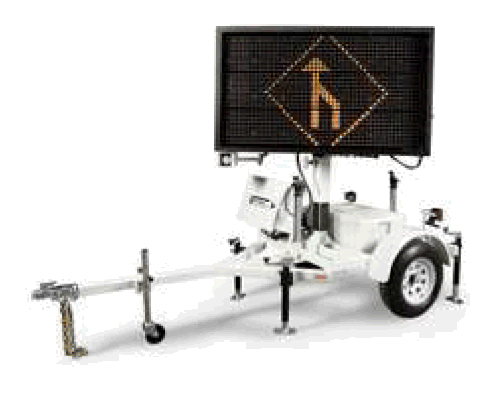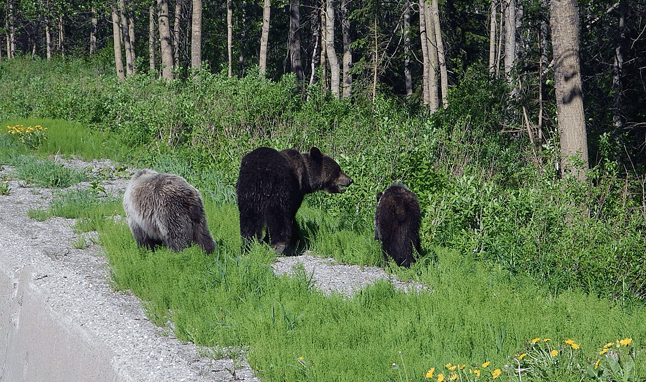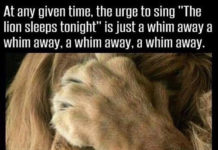
Pay attention to the electronic signs Parks Canada is installing in Mount Revelstoke and Glacier National Parks this spring — they may help you save the lives of wild animals on the road.
Parks Wildlife Specialist Tawnya Hewitt said in an interview that every year, traffic on the Trans Canada exacts a deadly toll on wildlife. Last year that included five black bears, two moose, four white-tailed deer, nine goats and countless small mammals.
“These signs are portable so, ideally, we can move them to where we need them with the kind of messages we want,” she said Monday, May 25.

The signs are especially necessary in the spring when fresh spring vegetation attracts animals such as bears, goats and deer to the side of the highway.
The signs, which are manufactured by a company called Ver-Mac, will be placed in areas frequented by wildlife. They will also be used to provide important wildfire and special-event information. They are also RADAR-equipped so they can tell you fast you are moving.
“We can put up a specific message like ‘Bear roadside’ and place it strategically on the side of the highway — right where animals, like bears, are grazing on dandelions — and because the sign is mobile, we can move it to new locations as needed,” Hewitt said.
Three years ago, Parks Canada installed “goat” caution signs for motorists near two sharp corners on the highway west of the Skunk Cabbage Trail in Mount Revelstoke National Park. The signs remind motorists to slow down and watch for mountain goats that frequent the roadside seeking minerals and fresh vegetation.
“When wildlife like goats and bear are busy grazing, they’re not paying attention to vehicles,” she said. “We hope the signs will remind motorists to watch for wildlife, drive cautiously and respect speed limits, especially around blind corners. Parks Canada is committed to visitor and wildlife safety and spring is the time to pay special attention when driving.”
By asking motorists to pay special attention, Parks Canada is supporting Canada’s National Conservation Plan (NCP) by taking practical action to protect wildlife in Parks Canada’s special places.
In a statement announcing the signage, Parks Canada said it does not encourage people to stop to view wildlife at this busy time. However, if you do choose to stop, pull onto the highway shoulder when it is safe to do so, remain in your vehicle and move on after a few moments. Never feed wildlife and never stop in the middle of the road, close to a hill, curve, tunnel, or in heavy traffic. Vehicles stopping on the side of the highway to view wildlife can create traffic jams that are dangerous to both people and wildlife.
If you see a bear or other wildlife or traffic jam please report it to Parks Canada at 1-877-852-3100.



